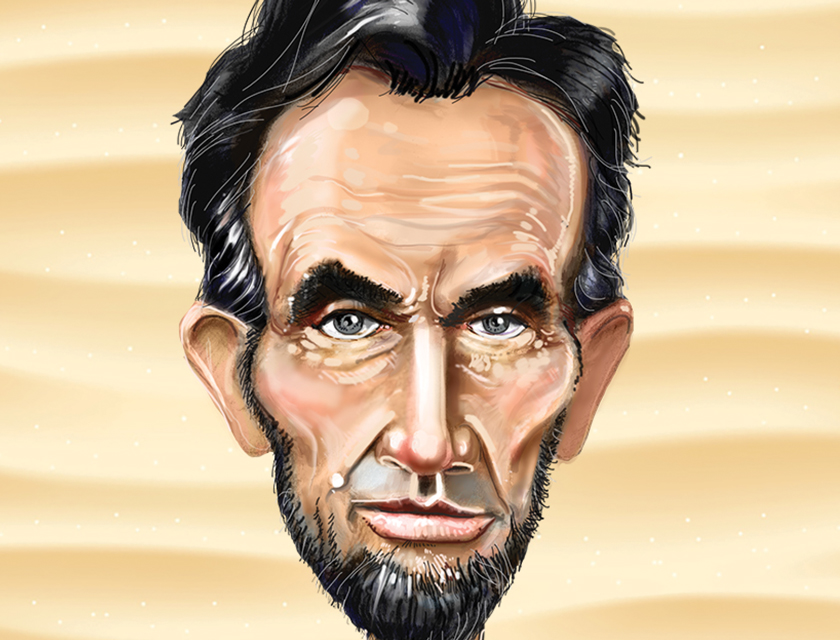Abraham Lincoln did not invent the stovepipe hat, but he may as well have. No person in American history is better defined by that hat—the 7-to-8-inch mini-tower that men had been wearing since the early 1800s.
A story in The Smithsonian said reformer Carl Schurz recalled a first meeting with Lincoln in a railroad car in the 1850s, when he noticed the future president’s hat was crumpled. Maybe Lincoln liked this because it jibed with his frontier image, but his wife apparently did not. In the 1918 play “Abraham Lincoln,” her character said, “I’ve tried for years to make him buy a new hat.”
Nonetheless, as America observes the 214th anniversary of Lincoln’s birth this month (February 12) and Presidents Day on February 20, history tips its collective hat to the only U.S. chief executive to be granted a patent.
On May 22, 1849, Lincoln was granted U.S. Patent No. 6,469 for the device “Buoying Vessels Over Shoals” while home in Springfield, Illinois, practicing law. He applied for the patent just two months earlier and had begun work on it a year earlier, according to abrahamlincolnonline.org.
The idea was hatched between sessions of Congress when, on Lincoln’s way home to Illinois, the boat he was on became stranded on a sandbar. According to a passenger’s account, the captain ordered the hands to collect all loose planks, empty barrels and boxes and force them under the sides of the boat to buoy it up so it could swing clear of the sandbar.
Lincoln set out to build an apparatus for this purpose. He created a scale model of his invention with the help of Walter Davis, a mechanic who provided tools and advice. However, it never drew enough interest to be sold commercially. (A replica of his scale model is at the Smithsonian Institution in Washington, D.C.)
What was wrong with Lincoln’s invention?
The Journal of the Abraham Lincoln Association reported that the magazine Scientific American pulled no punches: “We hope the author of it will have better success in presiding as Chief Magistrate over the people of the entire Union than he has had as an inventor in introducing his invention upon the western waters, for which it was specially designed.”
The Journal basically described Lincoln’s model as “a miniature boat with four exterior bellows—two per side—and a system of poles and ropes that would extend and contract the bellows (or chambers).” It concluded the concept was “scientifically tenable,” but “where Lincoln erred was in the execution, specifically his complicated system of poles and ropes that made it an invidious contraption. Lincoln should have devised a simpler and less intrusive means of inflating the bellows, the Journal said.
The man who freed the slaves was progressive and innovative. In 1863, he signed into law the National Academy of Sciences, by which the government investigates, examines, experiments, and reports on any subject of science or art. He created the Secret Service, which still exists today—although its original purpose was to fight rampant counterfeiting of U.S. currency.
The Secret Service Department of the Department of the Treasury was created on April 14, 1865. That evening, Lincoln attended the theater with his wife and was assassinated by actor John Wilkes Booth. He died the next day.
Requests for the USPTO trading cards can be sent to [email protected]. You can also visit them at uspto.gov/kids.


